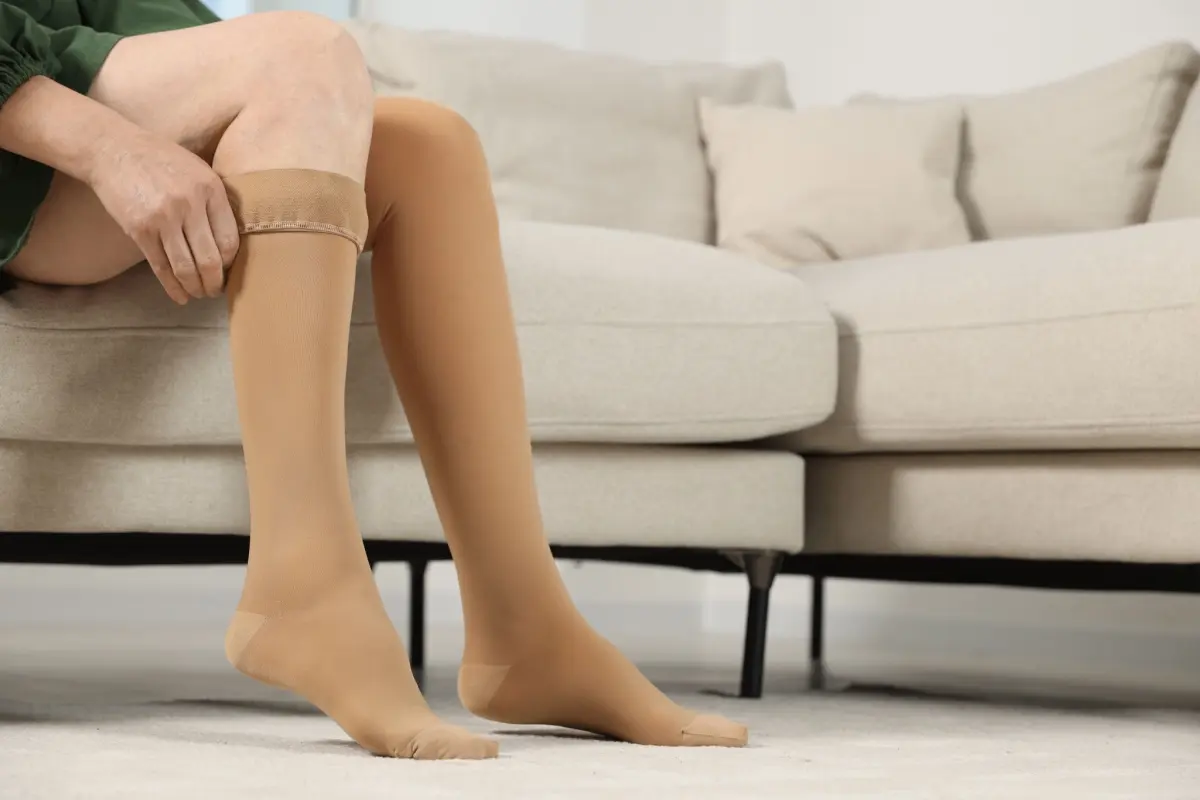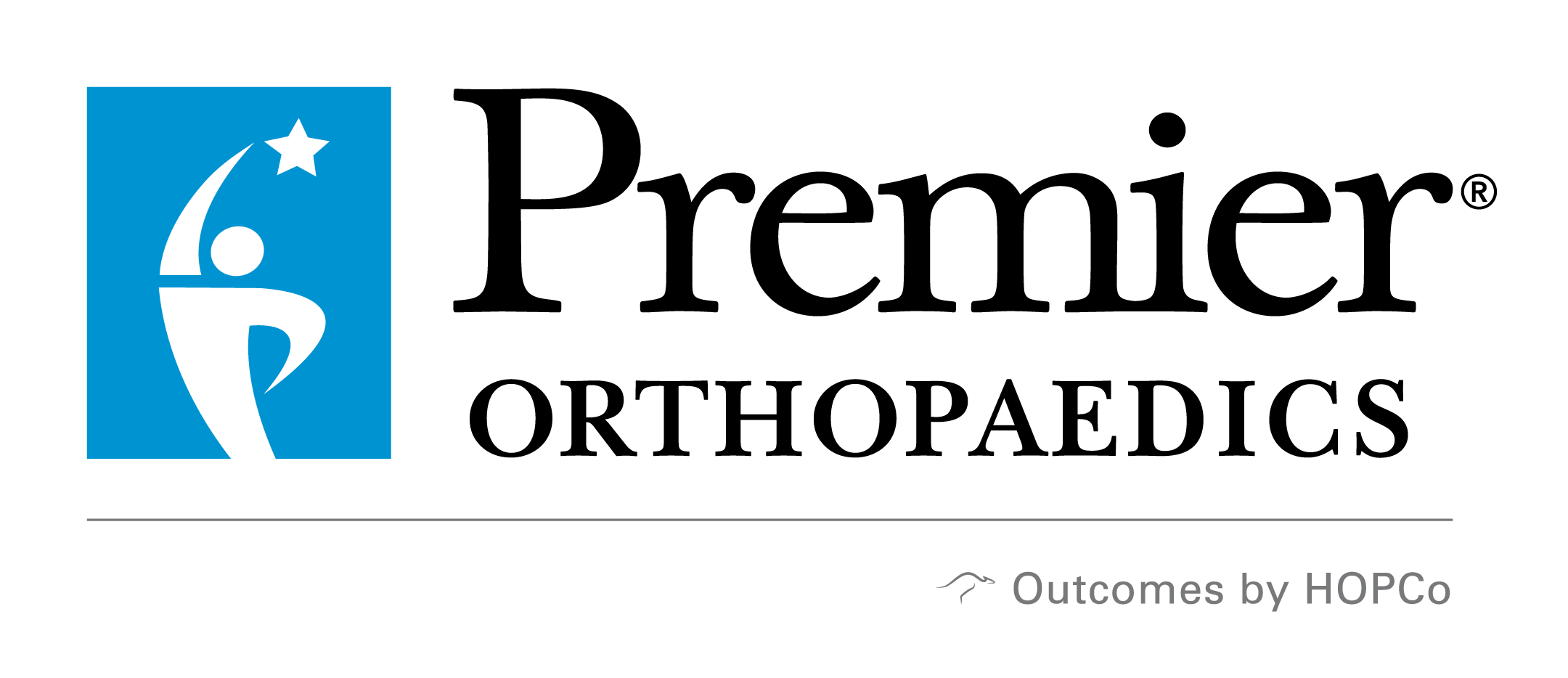If you are struggling with lower back pain that radiates down your leg, you might have hit the internet searching for answers, only to find the terms “sciatica” and “herniated disc” discussed frequently. This is because both conditions can cause debilitating back...
You open your eyes, stretch, and sit up, ready to start the day. But the moment your feet hit the floor, a sharp or aching pain shoots through your heels, arches, or the balls of your feet. Morning should feel refreshing, yet instead, you find yourself hobbling to the...
Are you a fitness enthusiast or a dedicated athlete who has suddenly been sidelined by a nagging, persistent pain in your calf and ankle? That sharp or aching sensation that flares up during or after activity could be the result of Achilles tendonitis. The Achilles...
How Compression Therapy Supports Vascular Health

People who suffer from varicose veins, chronic venous insufficiency (CVI), and other related health conditions know that their symptoms involve more than just cosmetic concerns. They also frequently cause pain, swelling, and more serious health problems. For these reasons, people often rely on compression therapy. But what exactly is it, and is it a type of treatment you should consider?
Compression therapy involves the use of specially designed garments or devices that apply gentle pressure to your legs. This pressure helps promote blood flow from the lower extremities back to the heart. For individuals dealing with poor circulation, compression therapy can be an effective, non-invasive way to reduce symptoms and prevent complications.
If you’ve been dealing with leg pain or have been diagnosed with a vascular condition and are considering your options, our guide can help you understand the different types of compression therapy and the many benefits this treatment can offer.
The Different Types of Compression Therapy
When people hear “compression therapy,” they often picture the beige, clinical-looking stockings their grandparents might have worn. While compression stockings are certainly a major part of this therapy, the field has evolved significantly since then. Today, there are various types and styles of compression garments and devices available. Each is designed to meet different clinical needs and personal preferences, and understanding these options is the first step toward finding the right solution for you.
Compression Stockings and Socks
These medical-grade garments are engineered to provide a specific level of pressure (measured in mmHg). The pressure of the compression sock or stocking is also graduated, meaning it will be tightest at the ankle and gradually decrease up the leg. This design is crucial because it helps push blood upward, against gravity, toward the heart.
Compression socks and stockings are typically categorized in the following ways:
- Mild Compression (8-15 mmHg): Often available over-the-counter, these stockings are great for providing relief from tired, achy legs. They are popular among those who stand or sit for long periods, as well as travelers who want to prevent swelling during long flights.
- Moderate Compression (15-20 mmHg): This is the most frequently recommended level for managing mild to moderate varicose veins, preventing deep vein thrombosis (DVT) during travel, and for use during pregnancy to prevent venous issues.
- Firm Compression (20-30+ mmHg): This level is typically prescribed by a doctor for more significant conditions, such as moderate to severe varicose veins, post-surgical recovery, managing lymphedema, and treating active venous ulcers.
Compression stockings come in various lengths (knee-high, thigh-high, waist-high/pantyhose) and an ever-expanding array of colors and materials, making them more discreet and comfortable than ever before.
Compression Bandages and Wraps
For managing a venous leg ulcer or significant swelling after an injury, a doctor might use compression bandaging. A simple ace bandage may be used to provide firm compression to reduce swelling and improve circulation to the wounded area. Alternatively, a wrap with adjustable Velcro straps may be recommended to adjust the compression level as healing progresses.
Intermittent Pneumatic Compression (IPC) Devices
For more severe conditions or for patients who cannot tolerate static compression garments, an IPC device may be recommended. This system consists of inflatable sleeves for the legs that are connected to a pump. The pump cyclically inflates and deflates different chambers within the sleeve, essentially “massaging” the limb. This milking action is highly effective at moving fluid and blood out of the limb, reducing severe edema and preventing blood clots, especially in post-operative or bedridden patients.
The Incredible Benefits of Compression Therapy
The simple act of applying external pressure to the legs initiates a cascade of positive physiological effects that are fundamental to managing and preventing vascular disease. Here’s a closer look at the many benefits of compression therapy:
Enhances Blood Circulation
In chronic venous insufficiency, the valves in your leg veins that help push blood back to the heart become damaged or weakened. Gravity then causes blood to flow backward and pool in the lower legs, a condition known as venous reflux. Compression therapy counteracts this by narrowing the diameter of the veins. This increases the velocity and volume of blood flow, helping to push it back toward the heart and reducing the venous pressure in the legs.
Reduces Swelling (Edema)
The increased pressure in the veins (venous hypertension) can force fluid out of the capillaries and into the surrounding tissues, causing swelling (also known as edema). Compression helps address edema in two ways: it prevents excess fluid from leaking out of the capillaries, and it pushes the existing fluid from the tissue back into the capillaries and lymphatic vessels so it can be carried away. This reduction in swelling is often one of the first and most noticeable benefits of compression therapy.
Alleviates Pain and Discomfort
The symptoms of CVI — aching, throbbing, cramping, heaviness, and fatigue in the legs — are largely due to blood pooling and increased venous pressure. By improving blood flow and reducing swelling, compression therapy directly addresses the root cause of this discomfort. Many patients report a significant improvement in pain management and overall leg comfort with consistent use of compression therapy.
Prevents Deep Vein Thrombosis (DVT)
DVT is a serious condition where a blood clot forms in a deep vein, usually in the leg. It’s a risk during long periods of immobility, such as after surgery or during long-haul flights. Thankfully, compression (particularly IPC devices) can make it harder for blood to stagnate and clot, which significantly reduces the risk of DVT.
Aids in Healing and Preventing Venous Ulcers
Venous ulcers are open sores that can develop on the legs, typically around the ankle, as a result of long-term, untreated venous insufficiency. The sustained high pressure in the veins damages the skin from the inside out. Compression therapy, then, can help with ulcer treatment. This is because it reduces the underlying venous hypertension and swelling and creates the necessary environment for the ulcer to heal.
Manages Varicose and Spider Veins
While compression won’t make existing varicose veins disappear, it is highly effective at managing their symptoms and slowing their progression. For example, by supporting the veins and preventing blood from pooling, it can reduce their bulging appearance and alleviate the associated pain and swelling.
Looking for Vascular Health Solutions? Talk to Premier Orthopaedics
If you’re dealing with chronic venous insufficiency, varicose veins, leg ulcers, or persistent swelling, the team at Premier Orthopaedics can help you find relief. Our state-of-the-art Vein & Vascular Center is designed specifically to diagnose and treat the full spectrum of vascular health conditions, and we can perform a thorough evaluation to understand the root cause of your symptoms.
Based on your diagnosis, we will recommend the most effective treatment plan for you. For many patients, this begins with conservative, non-operative treatment options, such as compression therapy. For those with more advanced symptoms, we offer a range of cutting-edge, minimally invasive CVI treatments. These procedures are performed in our office, require little to no downtime, and provide significant, lasting relief. They include:
- Radiofrequency Ablation (RFA): Uses gentle radiofrequency energy to heat and close the diseased vein.
- Sclerotherapy: Involves injecting a solution into the vein that causes it to collapse and fade away.
- Endovenous Laser Therapy (EVLT): Uses laser energy to seal the problematic vein shut.
Take control of your vascular health today by scheduling an appointment with the experts at Premier Orthopaedics. We’ll help you find the right vascular and vein treatment options for healthier legs and a more active, comfortable life.
